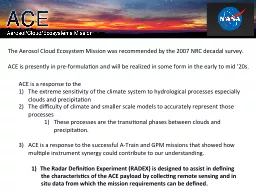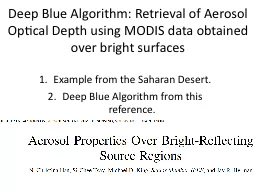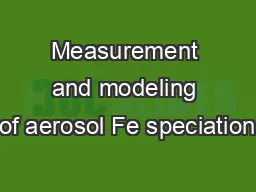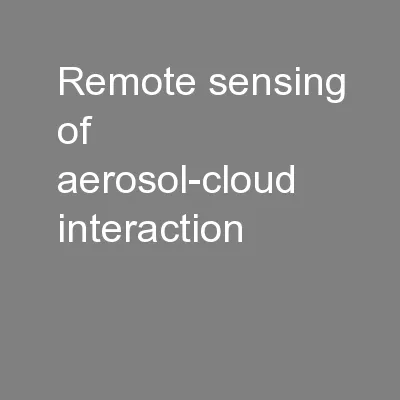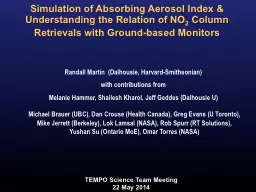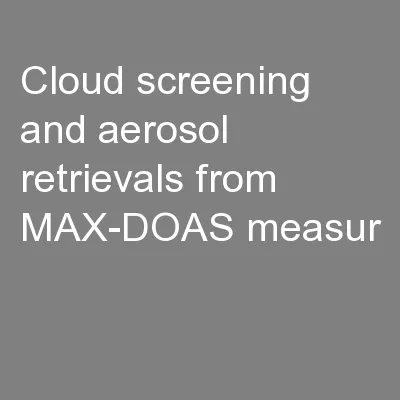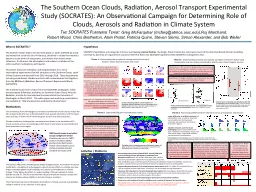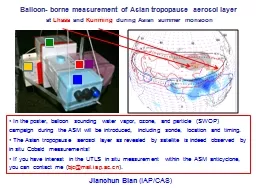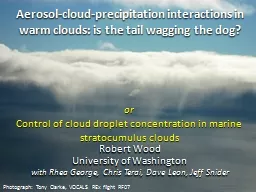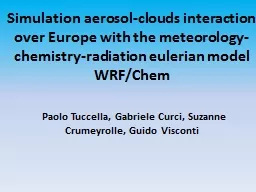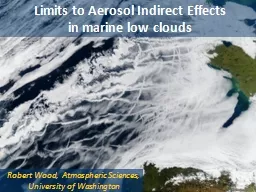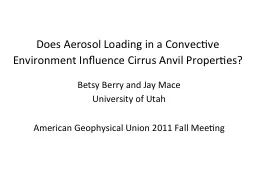PPT-The Aerosol Cloud Ecosystem Mission was recommended by the
Author : yoshiko-marsland | Published Date : 2016-10-24
ACE is presently in preformulation and will be realized in some form in the early to mid 20s ACE is a response to the The extreme sensitivity of the climate
Presentation Embed Code
Download Presentation
Download Presentation The PPT/PDF document "The Aerosol Cloud Ecosystem Mission was ..." is the property of its rightful owner. Permission is granted to download and print the materials on this website for personal, non-commercial use only, and to display it on your personal computer provided you do not modify the materials and that you retain all copyright notices contained in the materials. By downloading content from our website, you accept the terms of this agreement.
The Aerosol Cloud Ecosystem Mission was recommended by the: Transcript
Download Rules Of Document
"The Aerosol Cloud Ecosystem Mission was recommended by the"The content belongs to its owner. You may download and print it for personal use, without modification, and keep all copyright notices. By downloading, you agree to these terms.
Related Documents

